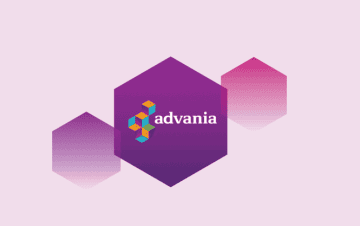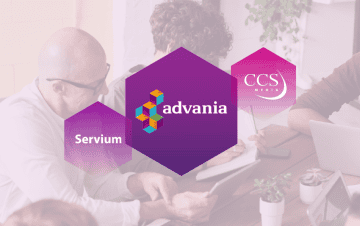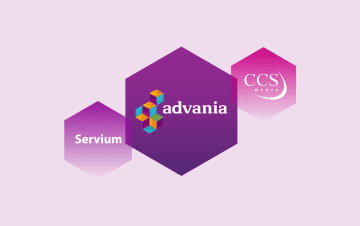As IT environments become more complex, cloud-based and divided across microservices, containers, and serverless computing, opportunities to optimise efficiency and improve performance open up. From cost and capacity savings to improving the speed, responsiveness and reliability of apps, it’s clear businesses are increasingly making the connection between IT and commercial outcomes.
But more distributed IT is more complicated to manage; often to the extent that it’s beyond human capability. Triaging issues and discovering where in the application chain the problem lies when the system is so fragmented is no mean feat – especially as significant amounts of infrastructure are now enjoyed as-a-service, making it much harder to see and therefore control compared to traditional on-premises systems.
To add to the problem, the monitoring tools that IT teams have long relied upon to help troubleshoot issues are largely set up for traditional on-premises environments – not extending into cloud and public infrastructures.
It’s a confounding state of affairs, but there is a solution. And it lies in modern observability tools.
What is observability?
Observability refers to the ability to gain insights into the internal state of complex IT systems and services. It’s enabled through data collected from various monitoring tools such as APM, infrastructure monitoring, and log analysis. By correlating data insight with business practice, using AI to make decisions at scale, and enabling users to automate actions, observability tools are game changers for businesses of all sizes and the new computing environments they are building and using.
AIOps and ITOM
Observability is key for proactive IT Operations Management (ITOM) – particularly in today’s large, complex and dynamic environments. ITOM refers to the processes, tools, and techniques used by IT teams to monitor and optimise an organisation’s IT infrastructure and applications. It covers areas such as network monitoring, application performance monitoring, IT service management, and data analytics. The goal of ITOM is to ensure IT services are delivering value to both a business and its end users.
AIOps aims to enhance ITOM capabilities by applying AI, machine learning, and advanced analytics. It augments human effort with algorithms that can analyse massive amounts of IT operations data in real time. By combining AI with ITOM processes and domain expertise, AIOps enables more proactive, predictive, and automated management of IT infrastructure and applications. This improves observability and service availability, reduces costs, and enhances overall IT performance.
What is OpsRamp?
OpsRamp is the industry’s only service-centric AIOps observability platform. It delivers hybrid IT infrastructure and cloud monitoring services, helping users detect and resolve incidents faster, understand resource dependencies and avoid costly performance issues that result in lost revenue and productivity.
Its open APIs and ecosystem of in-built integrations help unify lines of business, tooling infrastructure and workflows. And when it comes to that all-important element of AIOps, its presence helps to continually discover, monitor, manage and automate your environment to enforce consistent application and infrastructure performance, increase efficiencies and reduce redundant activities – not to mention produce a 95% reduction in unnecessary events and alerts.
OpsRamp and HPE
Established vendors such as Cisco AppDynamics, Data Dog and Dynatrace have been leading the field in observability for some time now. The problem is that their products have typically had a costly bar to entry, often excluding all but the largest enterprises. What sets HPE’s offering apart is GreenLake.
HPE Greenlake helps businesses find the right balance of on-premises and public cloud services, making hybrid cloud – the best of both worlds – a practical reality. By offering observability via OpsRamp as a pay-as-you-go managed service, GreenLake removes the barrier of a big upfront investment. It also provides the opportunity to effectively test-drive a new type of tooling and experience all of the advantages observability is now making possible.
Observe more
As a key HPE partner, Servium is perfectly positioned to help your business harness the benefits of observability. Get in touch with our team today to learn how you can benefit from OpsRamp and HPE GreenLake.
You may also be interested in
It’s official! CCS Media and Servium are now Advania
Advania have now officially completed the integration of CCS Media and Servium.
All you need to know as CCS Media and Servium become Advania
On 4th August 2025, CCS Media and Servium will become Advania. Work is underway to make the transition as smooth as possible, but there will be some important changes. Find out about what’s changing and what’s staying the same.
A new name for CCS Media & Servium is coming
This summer, Advania UK companies CCS Media and Servium will change their names to better reflect the unified business. Together, we will all be known as Advania.
 Richard Clark
Richard Clark





